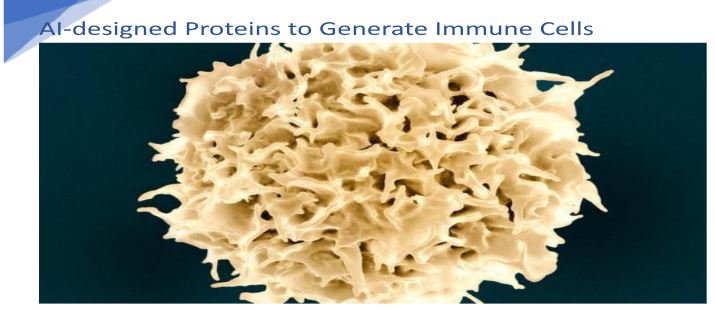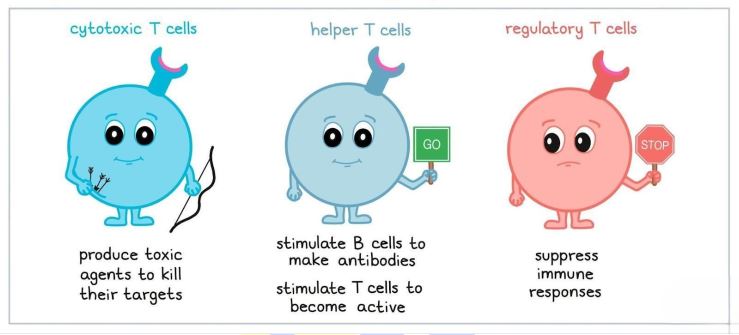There are no items in your cart
Add More
Add More
| Item Details | Price | ||
|---|---|---|---|
Sat Aug 23, 2025
AI-designed Proteins to Generate Immune Cells Why in News?In early August 2025, researchers at Harvard Medical School and Boston Children’s Hospital published a breakthrough in Cell, showing that AI- designed synthetic proteins effectively activate the Notch signaling pathway—facilitating scalable production of T cells for cancer and vaccine therapies.



